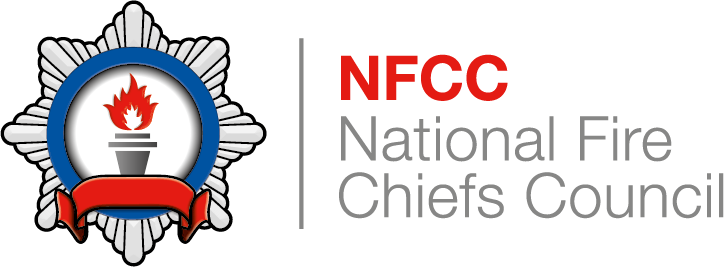Published 3 September 2021
NFCC delighted to welcome the publication of the Protection Fire Standard

The National Fire Chiefs Council is delighted to welcome the publication of the Protection Fire Standard by the Fire Standards Board.
Launched at the Prevention and Protection Conference this month, the Protection Fire Standard aims to bring a consistent national approach by fire and rescue services to deliver effective and efficient fire protection activities within their local communities.
Chair of the NFCC Protection and Business Safety Committee Gavin Tomlinson said: “I am pleased to welcome the introduction of the Protection Fire Standard designed to assist fire and rescue services to improve the safety and wellbeing of its communities by reducing risks and incidents”
“The Standard will ensure fire and rescue services can adopt a coordinated approach to their protection activities, collaboratively and innovatively, resulting in safer communities. I would like to thank all those individuals and services who have contributed to the continued development of our protection work at a national level.”
The Protection Fire Standard has been developed through work carried out by the NFCC Protection, Policy and Reform Unit in parallel with the development of the Prevention Fire Standard, which has recently been launched.
The desired outcome of the Protection Fire Standard is that it will enable a fire and rescue service to improve the safety of the built environment and wellbeing of its community, complying with its statutory responsibilities.
It aims to enable a fire and rescue service to target its resources, using data and intelligence to proactively plan, respond and adapt to the changing needs of its community.
Additionally, the Standard aims to evoke a learning and sharing culture among fire and rescue services, to improve and innovate Fire Protection activities and work collaboratively with other regulators, partners and stakeholders.
Head of the NFCC Protection Policy and Reform Unit Dan Daly said “We welcome the launch of the standard for our protection-based staff at a time of great reform for the sector in this area.”
“Fire and Rescue Services are committed to do everything they can to make the built environment safer for the communities they serve and the standard complements the huge amount of protection work delivered both locally and nationally ensuring we can continue to meet the challenges presented”
Alongside the publication of the Protection Fire Standard is the launch of a Fire Standards Implementation Tool. The tool has been designed to support services in assessing how well they meet the Standard and will enable them to build an action plan to resolve areas where there may be gaps.
More information including the standard itself can be found here
